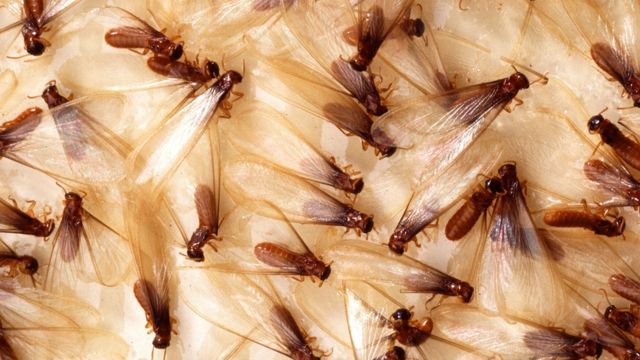With the arrival of spring and the imminent approach of summer, New York State braces for the seasonal emergence of an unwelcome visitor – the Spotted Lanternfly. Originating from Pennsylvania where it was first detected in the U.S. in 2014, this invasive species made its way to New York by 2020, establishing a presence in Staten Island.
Spotted Lanternfly
The Spotted Lanternfly, an invasive pest, poses a significant threat to both the agricultural and tourism sectors, as well as potentially to New York’s forests. The full extent of its impact remains uncertain, but the concerns are palpable. These pests feed on a wide variety of plants and trees, leading to considerable environmental and economic damage.
Lifecycle stages of the Spotted Lanternfly indicate that from April through July, the black nymphs emerge, transitioning to red nymphs by July, and finally maturing into adults by late July. Recognizable by their distinct appearance – gray forewings adorned with black spots and vibrant red hind wings spotted with black – the adult Lanternflies are roughly one inch in length and half an inch wide when at rest.
In the fall, these pests lay egg masses on virtually any surface, including tree trunks and outdoor furniture, covered in a smooth, brownish-gray waxy coating which later turns brown and scaly as they age.
Identifying a Spotted Lanternfly Infestation
Signs of an infestation include:
- Sap oozing from tree trunks, accompanied by a fermented odor.
- Presence of one-inch-long egg masses that are brownish-gray and waxy when fresh, turning brown and scaly over time.
- Accumulation of honeydew, a sticky waste product of Lanternflies, under plants, often leading to the growth of black sooty mold.
Join the Fight Against the Spotted Lanternfly
The New York State Department of Environmental Conservation (NYS DEC) encourages residents to take proactive steps in combating this invasive species:
- Familiarize yourself with the appearance of the Spotted Lanternfly in its various stages.
- Inspect outdoor items, including firewood and vehicles, for egg masses before they hatch.
- If traveling from states known to have Spotted Lanternfly populations, inspect all equipment and gear for egg masses.
- Remove and destroy egg masses by scraping them into a container of hot, soapy water or alcohol-based hand sanitizer.
- Report sightings by taking photos of the insect, egg masses, or infestation signs and emailing them to the appropriate authorities or using the reporting form provided by the Department of Agriculture and Markets.
- Physical removal of the insects through crushing is recommended to prevent further spread.
For more detailed information and visual aids to help identify the Spotted Lanternfly and its egg masses, the NYS DEC website offers a wealth of resources. By staying informed and vigilant, New Yorkers can play a critical role in mitigating the spread of this invasive species and protecting the state’s natural and economic resources.

